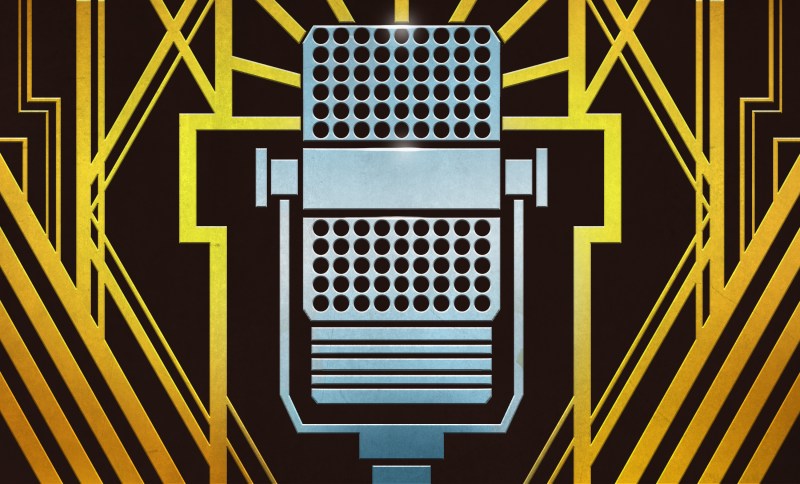
Hackaday editors Elliot Williams and Mike Szczys marvel at the dangerous projects on display this week, including glass etching with hydrofluoric acid and pumping 200,000 A into a 5,000 A fuse. A new board that turns the Raspberry Pi into an SDR shows off the power of the secondary memory interface (SMI) present in those Broadcom chips. We also discuss the potential for graphene in hard drives, and finish up with a teardown of a very early electronic metronome.
You know you want to read the show notes!
Take a look at the links below if you want to follow along, and as always, tell us what you think about this episode in the comments!
Direct download (55 MB or so.)
Places to follow Hackaday podcasts:
Episode 124 Show Notes:
What’s that Sound?
- We had seven correct answers, it was the sounds of VLF Whistlers — also called sferics or ionospheric whistlers
- Sferics, Whistlers, And The Dawn Chorus: Listening To Earth Music On VLF
- Congratulations to [Mikey] who was chosen randomly from the correct responses and receives a Hackaday Podcast shirt
Interesting Hacks of the Week:
- Tiny Tesla Valves Etched In Glass
- Fake: A Laser Display Board Of Your Very Own
- A Collection Of Linux Tools On Steroids
- Blowing A 5000 A Fuse Takes Some Doing
- Raspberry Pi Hat Adds SDR With High Speed Memory Access
- 19 Coils Make Charging Wireless
Quick Hacks:
- Elliot’s Picks:
- Mike’s Picks
0 Commentaires